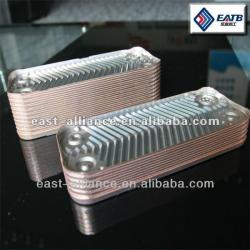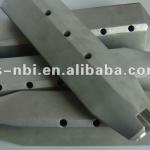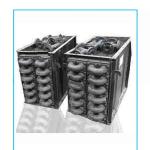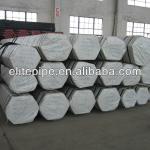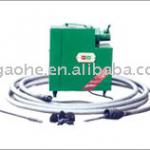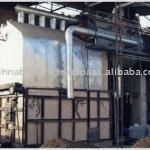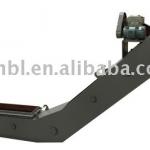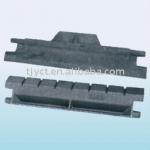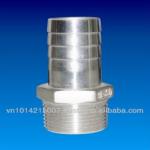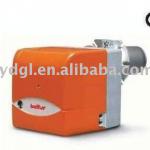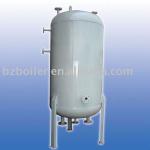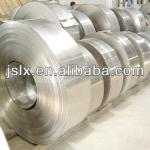| Applications and features |
| Applications: |
| Can be applied to low-temperature test equipment, refrigeration equipment, economy, oil cooling, small-scale refrigeration equipment, laser equipment, wall-hung boilers, water heaters, heating, etc. |
| Features: |
| 1. High-efficiency: The combination of fluid turbulence technical features than the traditional shell and tube heat exchanger 3-6 times more efficient heat transfer. |
| 2. Small size, light weight: only equivalent to the shell and tube heat exchanger of 20-30%, greatly reducing the design of the installation space, so that the entire structure of the unit more compact, more reliable quality. |
| 3.High-temperature, high pressure: the metal material determines its own with high-temperature (up to 400 ° C) and pressure (the pressure of work 30BAR, can be enhanced 45BAR). |
| 4.Low-cost: heat exchanger than the average cost-saving materials, and to save installation space and reduce overall design costs. |
| 5. Corrosion-resistant: good corrosion resistance. |
| 6. To facilitate the installation of: fixed a variety of ways, easy to install. |
| 7. Quality: the industry leader in advanced technology and years of practice experience in production, the cast of high-quality products. |
| Brazed plate heat exchangers consist of stainless steel plate packs, which have embossed chevron patterns. The plates are turned 180 degrees to each other, causing the plate ridges to intersect and creating a lattice of intersecting channels. Fluids can flow in counter-current and co-current way. The entire construction is nondismountable and scaled together by means of brazing in a special vacuum furnace. |
| Major advantage over a conventional brazed plate heat exchangers in that the fluids are exposed to a much larger surface area because the fluids spread out over the plates. This facilitates the transfer of heat, and greatly increases the speed of the temperature change. brazed plate heat exchangers are now common and very small brazed versions are used in the hot-water sections of millions of combination boilers. The high heat transfer efficiency for such a small physical size has increased the domestic hot water (DHW) flowrate of combination boilers. The small brazed plate heat exchangers has made a great impact in domestic heating and hot-water |
| How brazed plate heat exchangers Works: |
| Heat transfer occurs when there is a difference in temperature between two mediums. Heat will travel from the hot source to the cold source. The rate at which the heat transfer occurs at is determined by many factors such as the heat conductivity of the two materials andthe difference in temperatures of the two mediums. Convectiuve heat transfer occurs when the materials are moving against each other |
| Corrosion protection for brazed plate heat exchangers stainless steel has a high resistance to most chemicals but is sensitive to chloride ion concentration so this must be limited to 280ppm or less(lower than 55 C),the copper used in the brazing process is mainly sensitive to strong acid and ammonia so the PH must be maintained between 6 to 8.in practical application.for example,hydrochloric acid should never be used to clean the brazed plate heat exchangers;if brazed plate heat exchangers are applied in seimming pool heating,limite chloride ion concentration to 280ppm in the water;what's more,in chemical,pharmacy and other industries,solutions containing strong acid like hydrochloric acid and harshorn won't be proper fluid medium. |
| Applications for the brazed plate heat exchangers: |
| This is an extremely popular unit for wood burning furnaces, radiant floor systems, refrigerant systems, straight vegetable oil conversions, beer chilling, air conditioning system and solar water heating systems. It will work for any application in which the desired result is for two fluids (liquid or gas) to exchange heat. |
